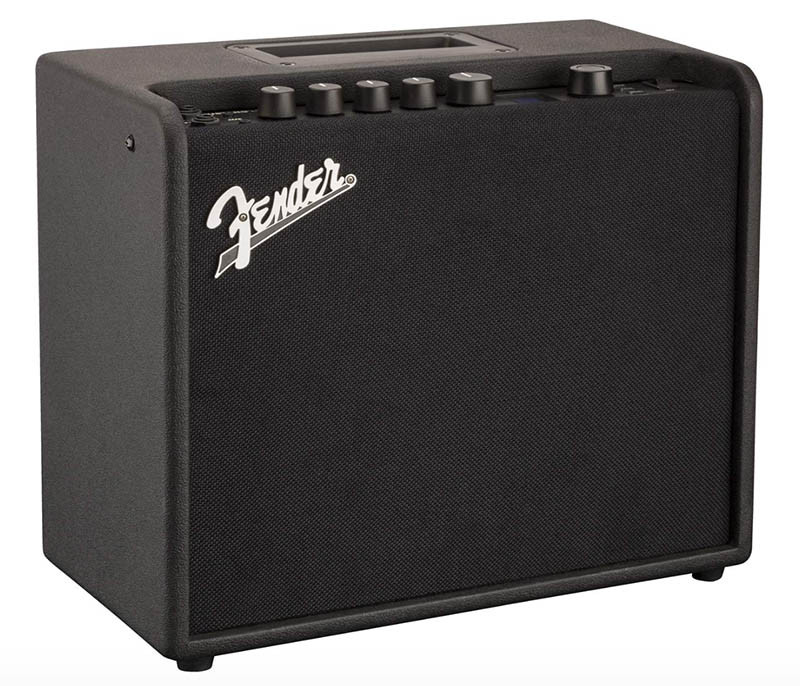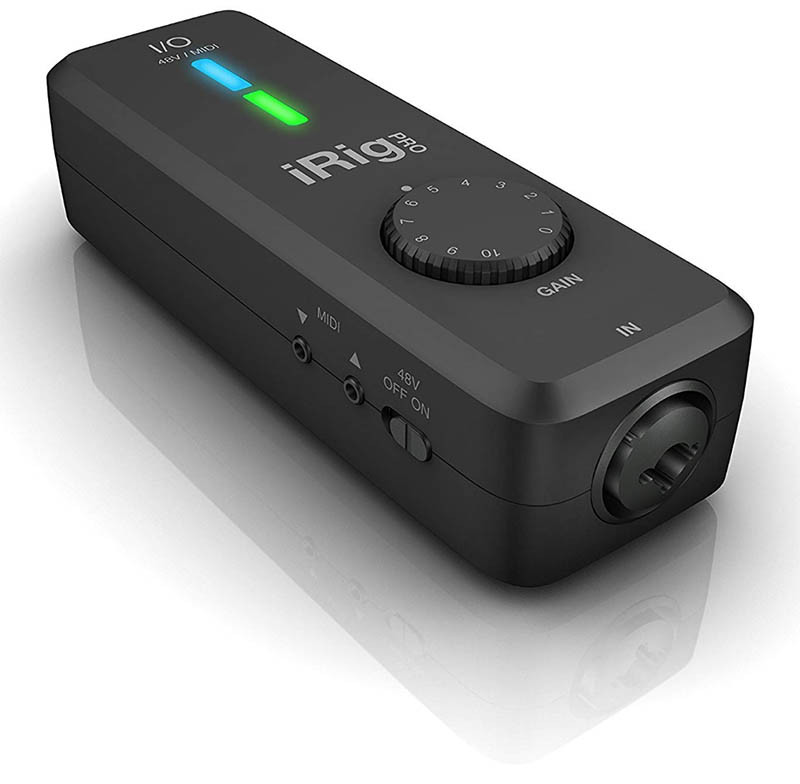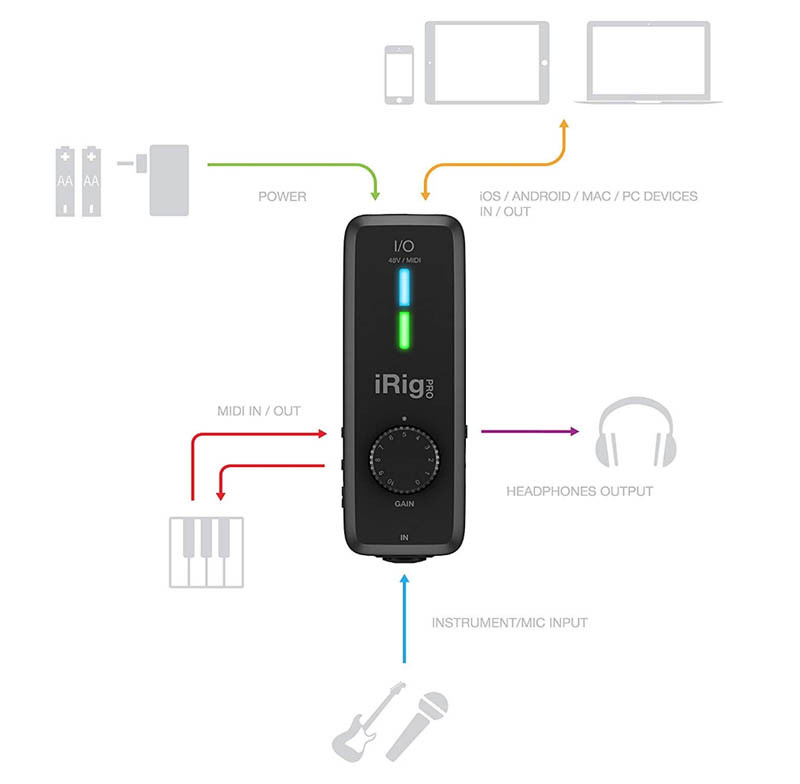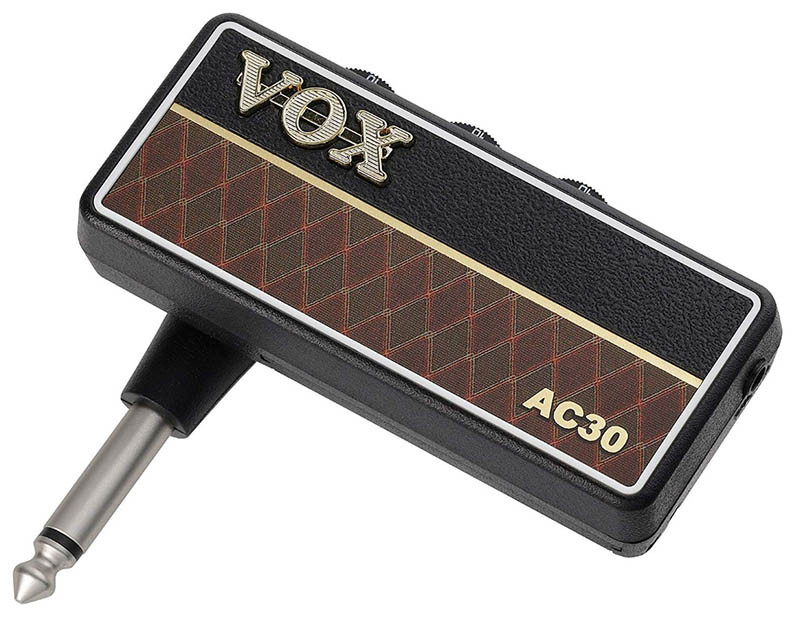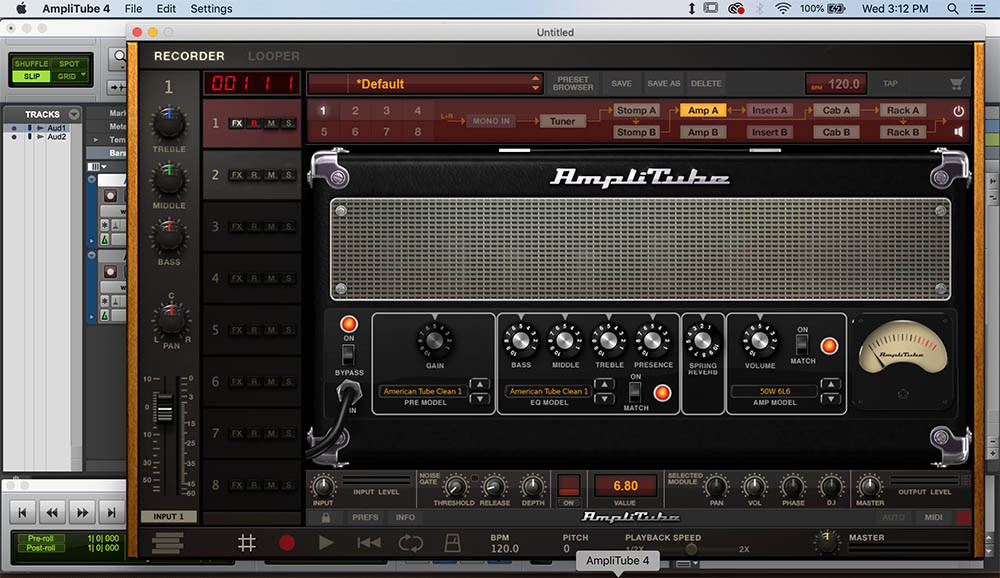Electric guitars are iconic instruments, synonymous with rock and roll and countless other genres. Many aspiring guitarists are eager to pick one up and start playing. But a common question arises, especially for beginners: Can You Play An Electric Guitar Without An Amp? This article dives deep into this question, exploring the possibilities, challenges, and best solutions for playing your electric guitar without a traditional amplifier.
TL;DR: Yes, you can play an electric guitar without an amplifier, but it’s not ideal, especially for beginners. While technically possible, playing unplugged significantly hinders the learning process due to the lack of audible feedback crucial for developing proper technique and ear training. For beginners, an amplifier, even a small practice amp, is highly recommended.
For a budget-friendly beginner amp with headphone capabilities, consider the Fender Mustang LT25 amplifier. If you’re looking to connect your guitar to mobile devices or computers, the iRig interface offers a versatile solution. We’ll also discuss what to avoid when seeking alternative amplification methods.
Playing Electric Guitar Unplugged: Beginner vs. Experienced Players
When starting your guitar journey, you’re often faced with the choice between an acoustic and an electric guitar. Acoustic guitars have a natural advantage for beginners because they provide immediate and clear feedback on note clarity. The higher string tension and gauge also contribute to building essential finger strength and dexterity.
Many instructors believe starting on acoustic guitars is beneficial for beginners, fostering crucial foundational skills. Transitioning from acoustic to electric guitar, with its lighter strings and lower tension, becomes a smoother process.
However, the allure of electric guitar is undeniable. The sounds that inspire many to pick up the instrument are often the powerful tones of electric guitars in rock, blues, and other genres. The excitement of creating those sounds is a significant motivator for many beginners.
 Eddie Van Halen iconic guitar pose
Eddie Van Halen iconic guitar pose
The desire to emulate guitar heroes like Eddie Van Halen is a strong motivator for many aspiring electric guitarists.
It’s important to acknowledge that excitement and passion are vital for learning. Forcing a beginner to start solely on acoustic when their heart is set on electric can be demotivating. While an amplifier is an essential part of the electric guitar experience, making learning engaging is paramount. Without amplification, an electric guitar, while playable, is essentially muted, hindering the learning process, particularly for beginners.
For beginner electric guitarists, a small practice amplifier like the Fender Mustang LT25 is highly recommended. It offers a range of amp models, effects, a built-in tuner, and crucially, a headphone jack for silent practice. This combination makes it an ideal and affordable starting point.
Why Amplification Matters for Electric Guitar Learners
Learning electric guitar without an amp presents several significant challenges, primarily related to auditory feedback.
Hearing Your Mistakes
One of the initial hurdles for beginners is developing the finger strength and coordination to fret chords cleanly. It can feel awkward and physically demanding at first. During these early stages, self-doubt and uncertainty are common.
The primary way to assess your progress and identify mistakes is through the sound produced by the guitar. When playing an electric guitar without amplification, subtle errors in fretting, finger placement, and pressure become difficult, if not impossible, to discern. You might not hear that string buzzing because your finger isn’t quite in the right spot, or that note is muted because you’re pressing too hard.
The danger of practicing without hearing these nuances is that you can inadvertently ingrain incorrect techniques. The principle of primacy highlights that what you learn first has a lasting impact. Correcting ingrained bad habits later can be significantly more challenging.
Amplification is crucial for beginners to clearly hear each note and identify areas for improvement in their fretting technique.
Developing Your Musical Ear
Beyond just hearing mistakes, amplification is vital for developing your musical ear. Learning music isn’t just about finger dexterity; it’s about understanding and creating sound. As beginners grapple with chord diagrams, their ears are simultaneously beginning to learn the nuances of music. They start to recognize how chords sound together, the relationships between notes, and the emotional differences between major and minor chords.
This ear training process is fundamental to musicality. We learn instruments to make music, not just to perform technical exercises. While formal ear training often comes later in musical education, the subconscious learning begins from the moment you start playing and listening.
To facilitate this ear training, you need to hear the output of your guitar clearly and at a sufficient volume. Amplification provides the necessary sonic information for your brain to begin processing and internalizing musical concepts.
In essence, an electric guitar and an amplifier are inherently linked, especially for beginners. While playing unplugged is technically possible, it significantly hinders the crucial learning processes for new players.
Unplugged Electric Guitar for Intermediate and Advanced Players
If you’re an experienced guitarist, the question of playing unplugged takes on a different context. Intermediate and advanced players often utilize unplugged practice for specific purposes.
Once you’ve mastered the fundamentals, focused practice on technical skills becomes paramount. Unplugged practice can be highly effective for developing speed, alternate picking, sweep picking, dexterity exercises, and scale practice. For these focused drills, the nuances of amplified tone are often unnecessary and can even be distracting.
It’s common and perfectly acceptable for experienced guitarists to practice unplugged, particularly for technical exercises and when quiet practice is needed. You might see experienced players “noodling” on an unplugged electric guitar on the couch – this is often for finger exercises or simply exploring musical ideas.
Acoustic-Electric Guitars: Plugged or Unplugged?
Yes, you can absolutely play an acoustic-electric guitar without plugging it in. When unplugged, an acoustic-electric guitar functions and sounds just like a regular acoustic guitar. The electronics are inactive, and the guitar resonates naturally.
However, if you do plug in an acoustic-electric guitar, remember to unplug the instrument cable when not in use. Leaving the cable plugged in drains the battery that powers the preamp, even if the amplifier is off. Unplugging the cable preserves battery life and saves you from unnecessary battery replacements.
Affordable Electric Guitar Amplification: The Fender Mustang LT25
For beginners seeking an affordable and versatile amplifier, the Fender Mustang LT25 is an excellent choice. It’s compact, lightweight, and packed with features ideal for learning and practice.
The Fender Mustang LT25: A versatile and affordable practice amplifier perfect for beginner electric guitarists.
The Mustang LT25 boasts 50 amp presets, 26 effects, and a built-in tuner, offering a wide sonic palette to explore different guitar tones. Crucially, it includes a headphone jack, enabling silent practice without disturbing others. Its affordability and feature set make it highly recommended as a first amplifier.
If you’re questioning whether an amplifier is truly necessary for a new electric guitar, the answer is a resounding yes. And for a beginner-friendly, budget-conscious option, the Fender Mustang LT25 is hard to beat. It’s a practice amp that will serve a beginner guitarist well for years to come.
Connecting Your Electric Guitar to Mobile Devices: iRig and Interfaces
If a traditional amplifier isn’t feasible or desired, you can connect your electric guitar to smartphones, tablets, and computers using audio interfaces. Direct connection without an interface is not possible due to signal and impedance mismatches.
The iRig Pro is a top-rated mobile interface compatible with iPhones, Android devices, tablets, and computers. It allows you to connect instruments, microphones, and MIDI devices to your mobile devices for recording and practice.
The iRig Pro: A mobile audio interface for connecting guitars and other instruments to smartphones, tablets, and computers.
While other audio interfaces are available, often geared towards computer-based recording, the iRig Pro is specifically designed for mobile use.
Why an interface is necessary: Your phone or tablet requires a specific digital audio signal at a particular voltage. An interface acts as a translator, converting the analog sine wave signal from your guitar into a digital signal that your device can understand. It also includes a preamp to boost the guitar’s signal to the correct voltage level.
The iRig 2: A simpler version of the iRig interface for connecting guitars to mobile devices.
To use the iRig Pro, simply plug your guitar into the interface, and then connect the iRig Pro to your device. It can be powered by battery or wall power and features a headphone jack for monitoring your playing. Connect headphones to the iRig, not directly to your phone. For newer iPhones without a 3.5mm headphone jack, you’ll need a Lightning to 3.5mm adapter.
The iRig Pro is a convenient solution for playing electric guitar without a traditional amp, especially for travel or quiet practice. It comes with AmpliTube software, offering a vast library of virtual amps, effects, and microphones to shape your guitar tone. AmpliTube provides a nearly limitless range of sounds and is constantly updated with new features.
Beyond practice, the iRig Pro also enables mobile recording. Whether you need a portable recording setup or a practice tool, the iRig is a versatile solution.
For optimal sound quality, especially with software like AmpliTube, consider using quality over-ear headphones like the Sony MDR 7506 Professional headphones. These headphones provide accurate sound reproduction and comfort for extended playing sessions. You can learn more about recording setups in articles like “The Best Simple Recording Setup.”
Headphone Amplifiers: The Most Affordable Option
For the most budget-friendly amplification solution, headphone amplifiers are an excellent choice. These compact devices plug directly into your guitar’s output jack and have a headphone jack for silent practice.
The Vox AC30 headphone amp is a popular and well-regarded option in this category.
The Vox AC30 Headphone Amp: A simple and affordable way to amplify your electric guitar for headphone practice.
The Vox AC30 headphone amp provides a good clean tone and can also produce a mild distortion. While other headphone amps offer heavier distortion, these often sound less refined. It’s generally recommended to stick with models known for cleaner or mild overdrive tones for better sound quality.
Headphone amps are not the highest fidelity amplification option, but they offer a practical, simple, and very affordable way to play electric guitar with headphones. They are worth considering for beginners or anyone needing a truly portable and inexpensive solution.
Alternative (Less Ideal) Amplification Methods
PA Systems
In the early days of electric guitars, PA systems were often repurposed as guitar amplifiers. While technically possible, plugging directly into a PA system is generally not recommended for guitar.
While most mixing boards can accept high impedance instrument inputs, the preamps in PA systems are not designed to shape guitar tones. The result is often a sterile, harsh, and uninspiring sound. Guitar amplifiers have specific circuitry that adds warmth, compression, and midrange emphasis that are crucial for a pleasing guitar tone. PA systems lack these characteristics.
While you won’t damage a PA system by plugging in a guitar, the sonic outcome will likely be disappointing compared to dedicated guitar amplification options. Furthermore, PA systems are often bulky and complex, making them impractical for home practice compared to smaller, more guitar-focused solutions.
Audio Interfaces and Computer Software
As mentioned earlier, audio interfaces like the iRig Pro can connect your guitar to a computer. When paired with recording software (DAWs) and amp modeling plugins, this setup can function as a virtual amplifier. Software like AmpliTube offers a vast array of amp and effects simulations.
While this is a viable way to play electric guitar without a physical amp, it’s often overkill for simple practice. It’s more geared towards recording and sound experimentation. Setting up a computer-based rig can be less convenient than using a dedicated practice amp or headphone amp, especially if portability is a concern.
However, if you are interested in home recording and exploring a wide range of guitar tones, using an audio interface with amp modeling software is a powerful and versatile option.
AmpliTube software interface: A powerful tool for virtual amp modeling and effects processing.
IK Multimedia, the makers of iRig, also develop AmpliTube software. A free version of AmpliTube is available on their website, allowing you to experiment with a limited selection of amps and effects to get a feel for its capabilities. Pairing AmpliTube with an audio interface like the Focusrite Scarlett 18i8 can be a fun way to explore different guitar sounds and effects.
Connecting to Bluetooth Speakers: A Complex Route
Connecting your electric guitar directly to a Bluetooth speaker is not straightforward. Bluetooth speakers are designed to receive line-level audio wirelessly, not instrument-level signals.
To connect to a Bluetooth speaker, you’ll typically need an interface to convert your guitar signal to line level and then route it wirelessly. The iRig, connected to a mobile device running AmpliTube, can facilitate this. While iOS devices may not directly route audio to their own speakers when using iRig, they can often route audio via Bluetooth.
Therefore, the most feasible way to connect your electric guitar to a Bluetooth speaker involves using an interface like the iRig, a mobile device running amp modeling software, and a Bluetooth connection to the speaker. This is a somewhat convoluted setup and not the most direct approach.
Methods to Avoid: Improper Amplification
It’s tempting to experiment with plugging your guitar into various devices in search of amplification, but some methods should be avoided as they can result in poor sound quality or potential equipment damage.
Plugging Directly into Hi-Fi Stereo Systems
While technically possible with some adapters, plugging an electric guitar directly into a home hi-fi stereo system is generally not recommended. Hi-fi systems are designed for line-level signals from devices like CD players and are EQ’d differently than guitar amps.
While you can achieve a signal with some effort, the sound will likely be far from ideal. Hi-fi preamps are not designed for the high impedance signal of a guitar, and the frequency response of hi-fi speakers is different from guitar amp speakers. The resulting tone will often lack the warmth and character of a proper guitar amp.
Using a modeling unit like a Line 6 POD or Helix to provide a line-out signal can improve the sound somewhat, but even then, the hi-fi system’s speakers are not optimized for guitar frequencies.
Dedicated studio setups that mic guitar amps and use sophisticated preamps, EQs, and studio monitors are a different scenario altogether and operate at a much higher level of audio fidelity than a typical home stereo.
Plugging Directly into a Computer’s Audio Input
Directly connecting your electric guitar to a computer’s audio input jack is also not advisable. Computer audio inputs are not designed for instrument-level signals. Impedance mismatches, incorrect input voltages, and the lack of proper preamp EQ will result in a weak, thin, and often noisy signal that is unsuitable for guitar playing, especially for beginners needing clear audio feedback.
If you intend to connect your guitar to a computer, always use a proper audio interface like the iRig Pro to ensure correct signal conversion and optimal sound quality.
Conclusion: Amplification is Key, But Options Exist
So, can you play an electric guitar without an amp? Yes, technically, but it’s not recommended for beginners. The lack of clear audio feedback hinders learning proper technique and ear training.
For beginners, the best path is to acquire some form of amplification. The most affordable option is a headphone amplifier, while a small practice amp like the Fender Mustang LT25 offers greater versatility and better sound.
For mobile practice or connecting to devices, the iRig Pro interface is a powerful tool, especially when paired with amp modeling software like AmpliTube. Audio interfaces and computer software offer another route, suitable for recording and sonic experimentation, but potentially complex for basic practice.
Ultimately, while alternatives exist, some form of amplification is highly beneficial for learning and enjoying the electric guitar. Choosing the right solution depends on your budget, needs, and playing level.

